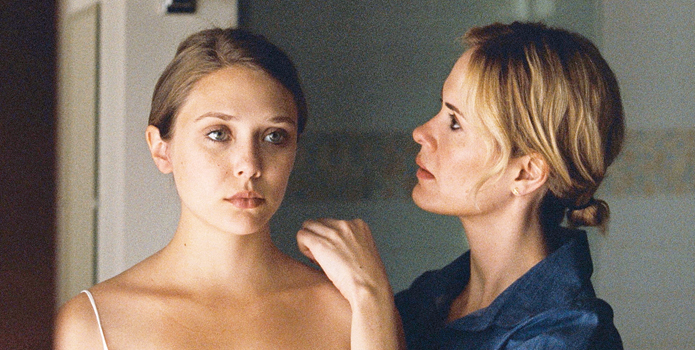
The cabin the woods has been an established device in horror films for a considerable amount of time, from offering brief respite for the titular character in the original Frankenstein, to becoming a predominant setting during the American slasher boom in the 1980s. Since then, they have commanded a specific aura which has been instilled in viewers’ minds; primarily as a place of fear but also for characters to go to have a defining, psychologically altering experience.
In the subsequent years following the decline of the slasher sub-genre, the cabin has begun to make a comeback and has rebranded itself as a home for stories stretching from psychological thrillers to coming-of-age comedies. Inherently situated in a wild or remote area, they often act as a vessel for characters’ inner solitude and serve as an ideal place for catharsis or the purging of demons; both literally and figuratively.
The film choices selected for this list at least attempt to address the eclectic variety of ways in which the psyche of the various characters has been manipulated within the wooden structures, while also seeking to bring the overall highest quality films into the discussion. There will obviously be a large number of omissions, but those selected were chosen for the significance of the role played in each by the cabin on the characters.
15. Honeymoon (2013)
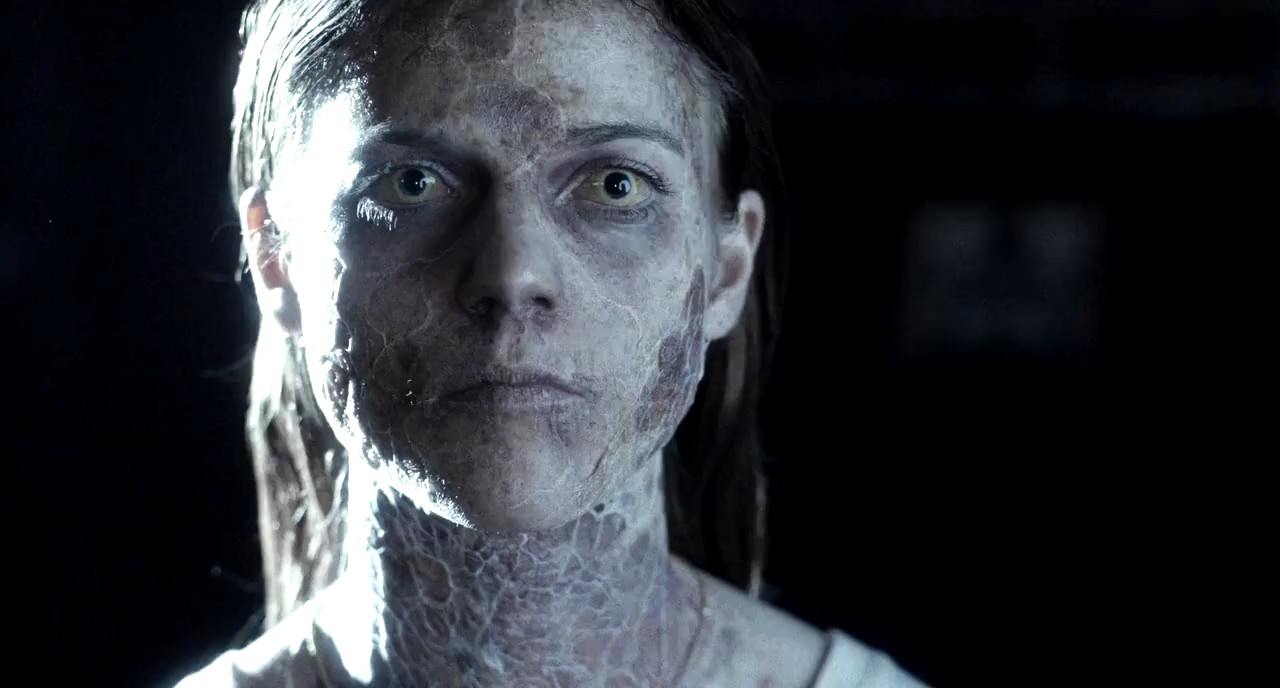
This directorial debut from Leigh Janiak is a playful look at the way doubts surrounding marriage can manifest themselves within a science fiction paradigm. The romantic honeymoon of Bea & Paul (Rosie Leslie & Harry Treadaway) is disturbed by the strange goings on in the woods outside the cabin where Bea was raised. A strongly suggested alien interaction later and Bea mutates overnight from newlywed bliss into Invasion Of The Bodysnatchers.
In spite of the unnecessarily off putting American accents, the performances hold together this sci-fi/romance blend that charges towards the unexpected coda.
The concept of having a honeymoon in the cabin and the pair’s fresh feelings of love being contained in the space is an incredibly interesting way to allow it to unravel in bizarre circumstances within a three act structure. With Bea having spent time in the cabin as a child and recognizing a childhood friend there is a certain air of Straw Dogs, in the way she interacts with space as she returns.
By bringing her future back to the past, it also raises questions surrounding her knowing level of complicity in the twists that follow, as well as if the events depicted were just the culmination of a long gestated plan.
14. Secret Window (2004)
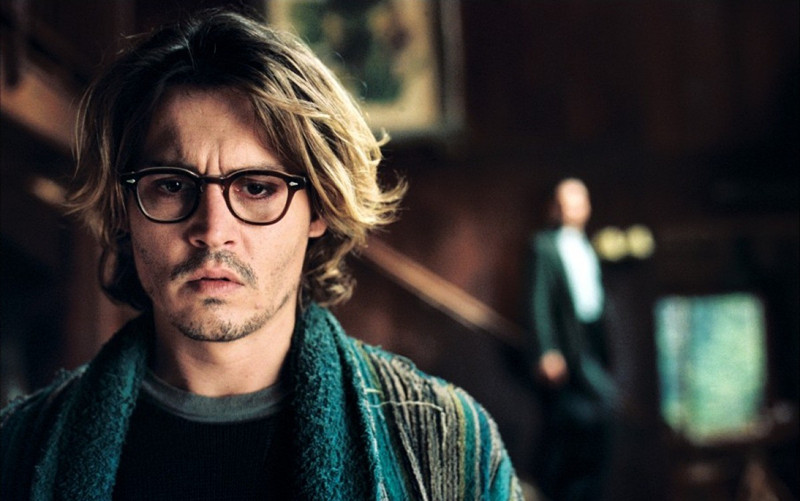
An underrated Stephen King adaptation and Johnny Depp vehicle that provides consistent entertainment while, for the most part, managing to break free of its high-budget shackles. Mort (Depp) is a writer who has been left to stew over both his recent separation and writer’s block in this relatively luxurious cabin that certainly reflects the film’s $40 million budget. John Shooter (Turturro) appears on Mort’s doorstep to pile on the misery by accusing him of plagiarising his story.
This very typical psychological thriller plays out as expected, until its slightly clunky twist ending delivers the punch the audience wanted. The cavernous cabin offers enough space for his negative thoughts to manifest and believably permit his psychological decline as the suspense is ramped up by the various set pieces.
Isolation and loneliness play a greater part in Secret Window than most of the other films on this list, as the others feature several characters occupying the space, whereas Mort only has his dog for company (and we all know what happens to canines in thrillers).
13. Friday The 13th (1980)
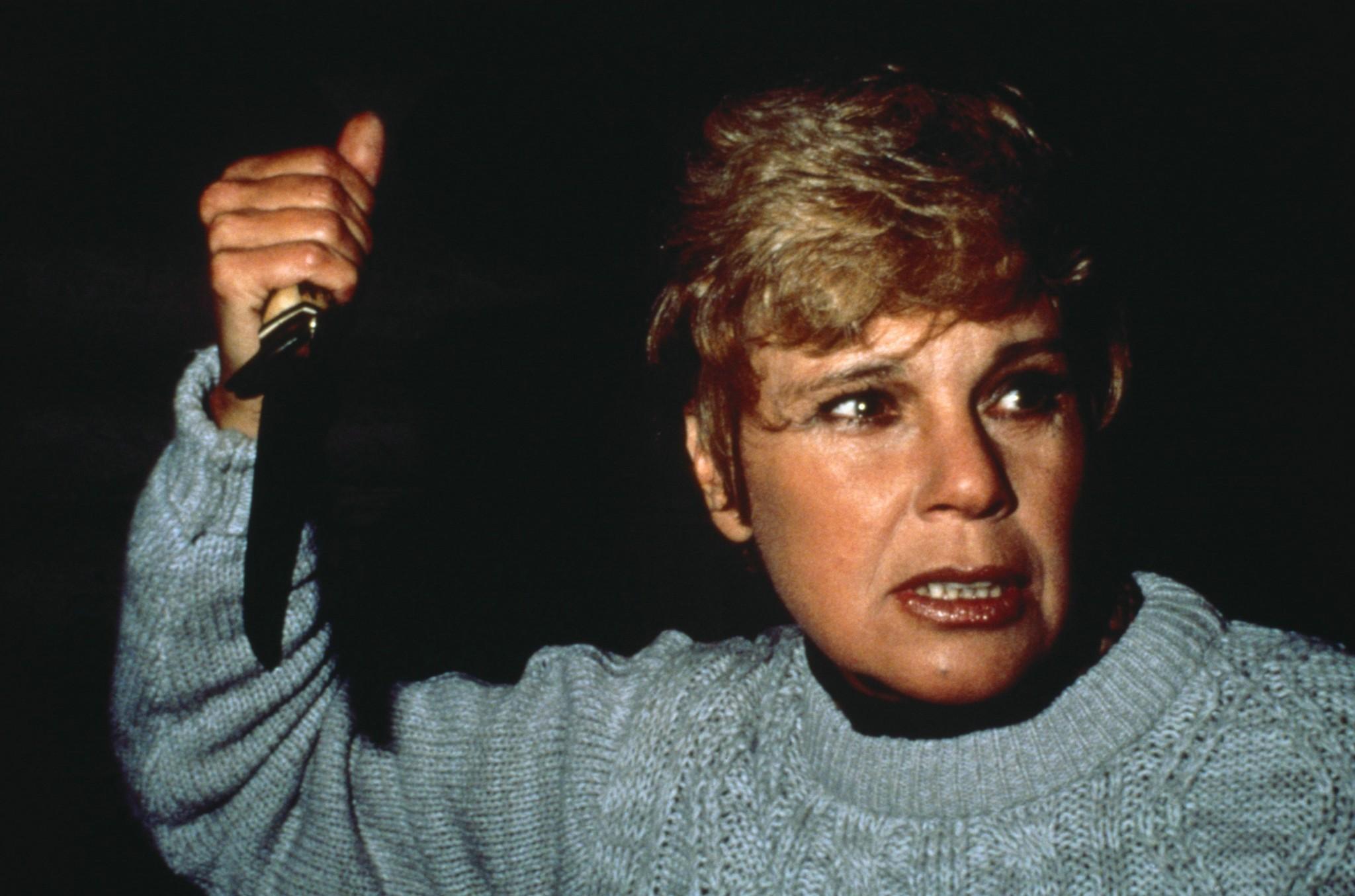
One of the original slasher films and a property that, through an awful lot of tedious and unnecessary sequels, has managed to become the highest grossing horror franchise ever in the United States.
It all began, of course, with the accidental drowning of a boy at a summer camp in 1958, at the hands of incompetent counsellors, which provokes a mysterious double murder the following year. A ‘death curse’ is deemed to have been placed on the site as a result of the preceding events and 21 years later, the murders start up again as a group go to refurbish the camp.
The attempt at reopening the facility succeeds only in resurrecting the violence that had lain dormant there, as these new counsellors seemingly suffer for the mistakes of those of the past, with the cabins acting as time capsules. As the earliest entry on this list, it is one of the first films to realise just how effective the combination of unsuspecting teenagers being stalked by a POV camera at a summer camp is.
The numerous cabins act like sitting ducks, forever advertising their occupants to the crazed killer who simply moves between them to hunt their prey. Perhaps fairly accused of sidestepping plot in favour of body-count, it still has one of ‘those endings’ that enables it to leave an indelible mark on horror film history.
12. Resolution (2012)
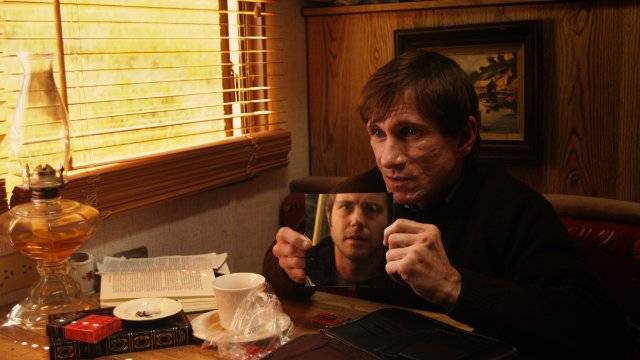
Another lo-fi genre film debut, Resolution merges themes of addiction, friendship and black magic funnelled through a unique mode of storytelling that could be described as ‘meta sorcery’. What starts out as a friend being handcuffed inside the remote location, in order to get him clean from a crack addiction, steadily moves in to territory unto its own.
What begins as a similarity to The Cabin In The Woods, with certain narrative props being dropped into the characters’ laps, develops towards a whole new beast by the end as they inadvertently discover what some missing French students were looking for.
The cabin is built on an Indian reserve, surrounded by several other isolated inhabitants and with stories of missing French students who were researching the ‘monsters’, along with gateways to other dimensions that are rumoured to be in the area.
The cabin represents the grounded, naturalistic aspect of the story before becoming the vessel that manipulates and alters the narrative, based on what the characters are thinking. This aspect is what makes the film stand out and despite a few drawn out scenes, the balance achieved by its directors (Justin Benson & Aaron Scott Moorhead) should be commended, above all, for its genre-bending ambition.
11. The Kings Of Summer (2013)
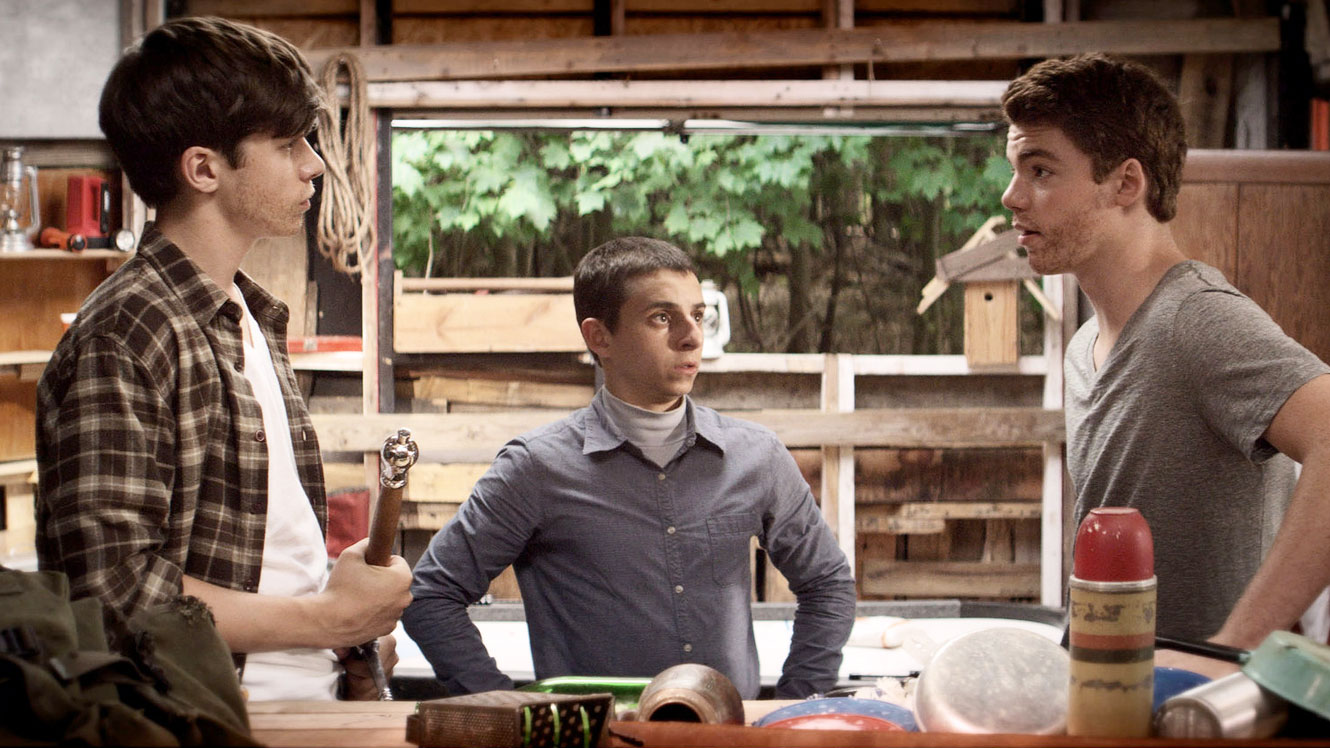
This joyous coming-of-age comedy almost slipped under the radar, if not for the strong reviews and breakout performances from its young principal cast. The prospect of another summer doing chores and abiding by their parents’ law proves too much for these teens who decide to run away and build their own settlement in the woods.
These kids follow in the footsteps of the Stand By Me boys, as they take matters of adventure and discovery into their own hands, by stepping out into the wilderness to find something more fulfilling than that which they had found before.
The cabin becomes symbolic of their freedom, offering them the space to have the shackle free fun they desire, while also dealing out harsh life lessons surrounding the value of adult life experience and responsibility for one’s environment. It’s quite a universal desire to live in the woods and away from parents as a kid, but, whereas 80s films show these readymade and fully equipped tree houses, Kings Of Summer displays a very romantic construction process that adds greatly to its appeal.
A saccharine and conventional final act somewhat hinders the overall impact of the film, but there is still enough of that genuine youthful exuberance for it to leave an impression.
10. The Burning (1981)
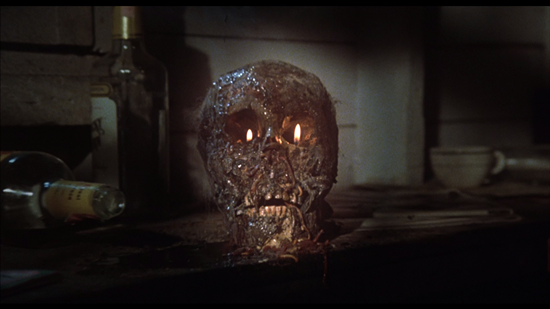
Following on one year later and riding on the success of Friday The 13th, The Burning takes a slightly more inventive approach to the terrorized camp killer. It is notable for being the first Miramax films release by The Weinstein brothers and featuring a number of debut performances from future Oscar winners Holly Hunter & Fisher Stevens.
It’s the familiar story of the accidental near-death of a caretaker, who miraculously survives and returns to have his revenge with a set of shears. This addition to the slasher cannon feels more playful and inventive than its contemporaries, while still retaining the formulaic premise.
With a more sexualised undertone and the overtly salacious behaviour by some of the male campers, makes the intimate scenes a constant threat, whether from a killer or not. This fear of being alone extends into the cabins, which unusually, isn’t where most of the deaths occur. The antagonist in this film almost draws out or waits for his victims to come in to the open before enacting his revenge, possibly due to nearly burning to death in his cabin during the prologue.
Perhaps The Burning does fall a little too close to others in the genre for some, but its nuanced differences which stem from the camaraderie and group dynamic of the impeccably cast campers shouldn’t be overlooked. This is the overriding strength of the film and is why you are left really hoping for the success of last few survivors, if any.
9. Your Sister’s Sister (2011)
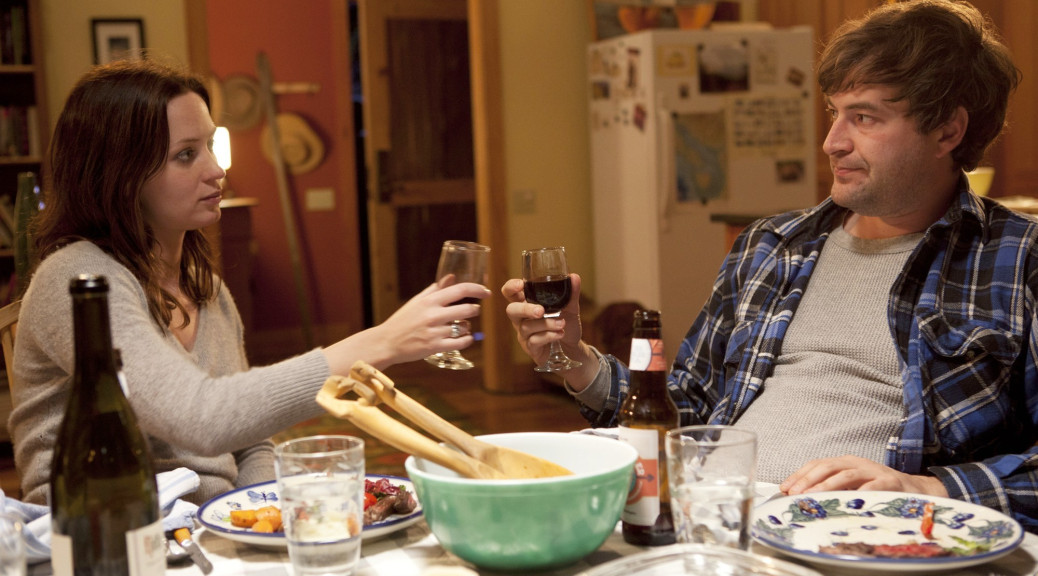
This mumblecore entry from Lynn Shelton is an incredibly powerful work, which draws its power from three virtuoso performances. Jack (Mark Duplass) is an emotional wreck, a year after losing his brother, so his friend Iris (Emily Blunt) offers him her father’s island cabin as refuge from normal life while he gets himself together.
Unbeknown to both of them, Iris’ gay sister Hannah (Rosemarie DeWitt) is staying there after a breakup and the two relative strangers sit down that night to discuss their emotional turmoil while drinking a lot of tequila. It’s difficult to really discuss this film without revealing the inciting incident, but it’s a lot more fun to allow the writing to do its job and see how you react to each of the individual’s personal circumstances.
It’s a masterclass on how solid writing is pretty much all you need, as a high level of emotional punch and is achieved by cleverly weaving its simple premise. The cabin serves as this stage where a couple of small rooms and a kitchen is sufficient to gravitate these lonely characters to each other, while later bleeding their desires and affections out for all to see.
The mumblecore approach is responsible for the naturalistic performances and appearance of the film, while creating a certain atmosphere for the various characters to affect each other in such a way where the themes and issues of the piece flourish. This approach means that if you’re not accepting and believing in the film from the start, whether that is due to the calibre of the performances or the production value, then it’s likely the issues at the heart of it may not have much impact.